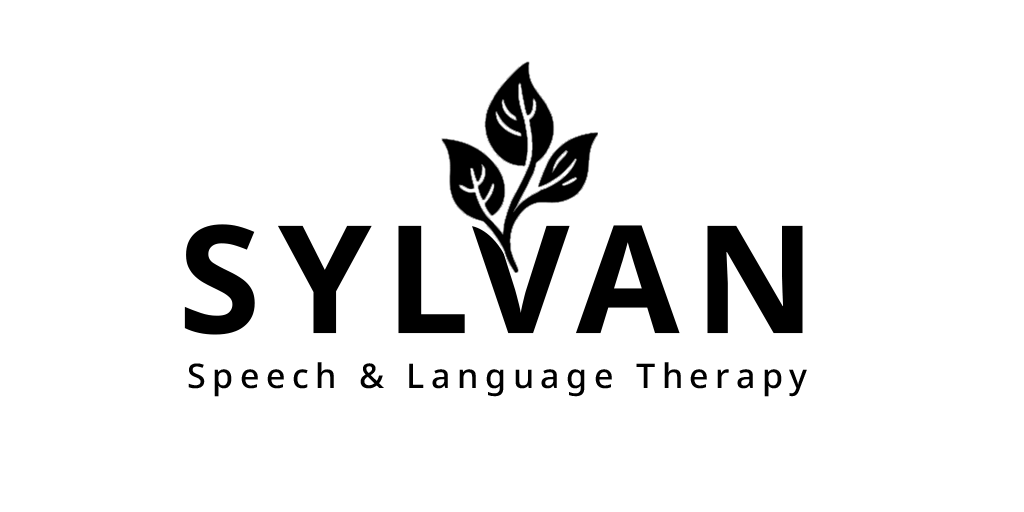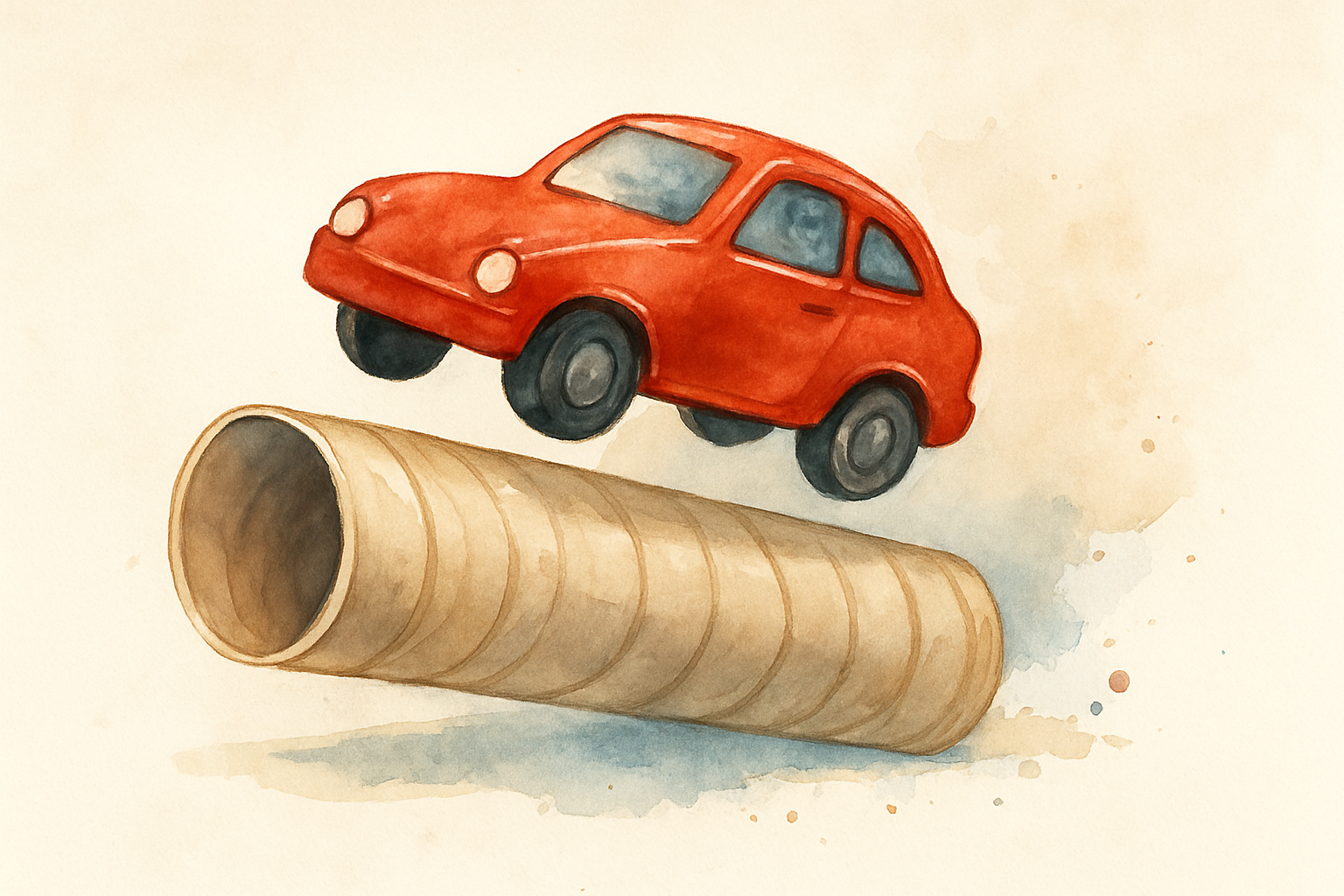How Imaginative Play Sparks Language Growth in Children
One of the most common conversations I have with parents is about something deceptively simple: imaginative play language growth. This kind of play may look like silliness on the surface, but it holds incredible power for boosting your child’s communication and creativity.
Why Parents Struggle with Play
Play seems easy enough, yet adults often find it surprisingly difficult. Grown-ups typically use toys exactly as they’re intended. A car? Well, obviously it’s meant to race. Instantly, we think of sounds like “Vroom!” and words like “Go!” or “Ready, set…” if we’re racing. Before we know it, we’re crawling around, pushing the car along while enthusiastically shouting, “Beep, beep!”
But pause for a moment—what else could a toy car become? Can it fly? Sure, if you pretend it can, it absolutely does. Can it drive up walls? Of course—gravity isn’t an issue in pretend play. Can it teleport (“Zip, zap, zoop”) from one place to another? Definitely, if you’re fast enough. Can it dive underwater or travel across a desert made of macaroni? Can you tape it to another car and make a double-decker?
All of these are valid ideas. But they rarely feel intuitive to adults. That’s the challenge. Imaginative play follows different rules—ones we tend to forget.
What Is the Magic Circle?
Dutch historian Johan Huizinga, in his 1938 book Homo Ludens, called this playful space “The Magic Circle.” Within it, time flows differently. Rules shift. Consequences transform. And once playtime ends, the magic dissolves.
Research confirms that imaginative play supports language development and other key areas of growth. In this space, kids practice language, social roles, creativity, and problem-solving—without realizing they’re doing “work.”
Driving a car up a wall may seem silly, but it introduces prepositions like “up” and “down.” Hiding it in a tub of macaroni can teach “in” or “under.” Zooming it from one side of the room to another builds awareness of speed (“fast” and “slow”) and action words (“go,” “stop”). The boundaries of the magic circle can stretch from toddler play to games like tag, baseball, or chess.
Turning Everyday Objects Into Play
So how do you begin? It’s often challenging at first. I encourage parents to start small. Take a simple household item, like an empty So how do you get started? I recommend beginning small. Take a common object—like an empty paper towel roll—and come up with five ways to use it in play. (Check out these easy play-based activities for toddlers for ideas.) Adults struggle because we’ve internalized rules. That’s normal. The trick is breaking them.
To begin:
- Roll it
- Speak or sing through it
- Use it as a telescope
- Make a “sky tram” with string
- Build a tunnel for toy cars
- Tape two together as goofy binoculars
If it’s fun and imaginative, it counts. That joy is the signal that you’ve entered the magic circle. Inviting your child into that space makes play feel less like a chore and more like shared discovery. And that’s exactly where language development thrives.
For additional guidance on using play to support your child’s growth, Zero to Three offers tips for parents that align beautifully with this approach.

